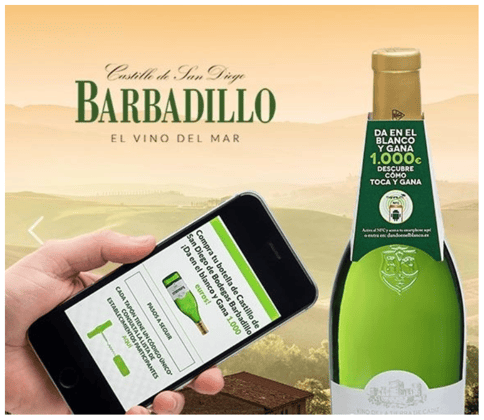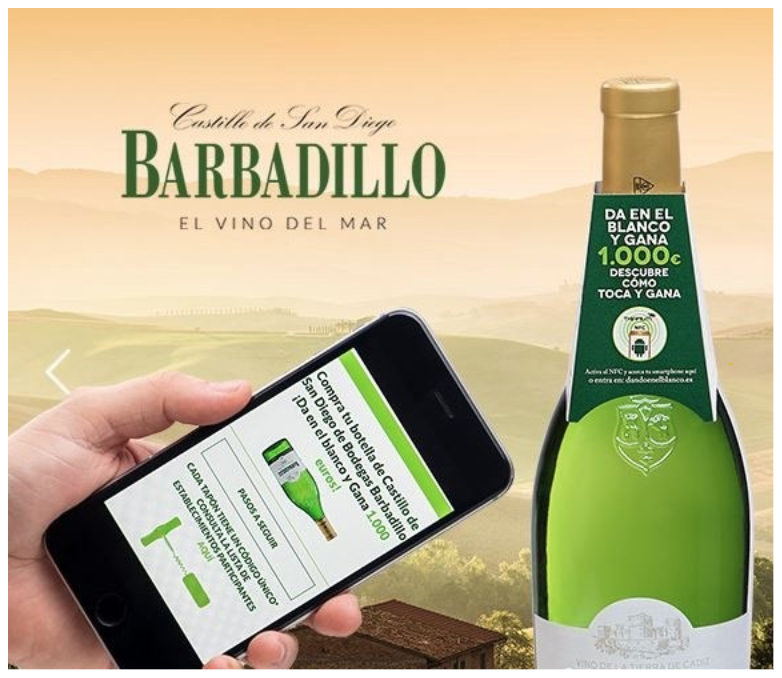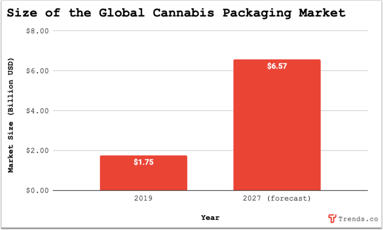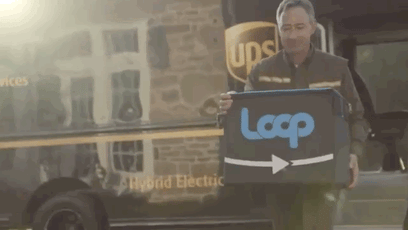nlopchantamang.com
Advances in the Trillion-Dollar Packaging Industry
Aja Frost @ajavuu

Source: McKinsey & Company Survey, “US consumer sentiment during the coronavirus crisis”
The Signal: Ecommerce is expected to reach an all-time high of 14.5% (~$710B) of total retail sales in the US as consumers increasingly plan to make a portion, and in some categories all, of their purchases online.
One of the biggest challenges that every industry will face in meeting increasing ecommerce demand will be packaging. This concern isn’t just about sustainability. In food services, for example, almost 25% of all the negative consumer comments received by Deliveroo in 2019 related to the temperature of the food, pointing to the need for packaging that preserves food quality when it travels.
Big Picture: Food services will not be the only ones searching for new packaging solutions in a post-pandemic world; the almost-trillion-dollar packaging industry touches almost every sector. There are opportunities to pounce on new innovations in the ubiquitous industry, including intelligent packaging, personalized packaging, and, of course, sustainable packaging.
Intelligent Packaging: Intelligent packaging tracks and measures the internal and external conditions of a product (e.g., temperature, quantity, and usage patterns) to alert consumers and manufacturers to changes in a product’s status.
Thanks to smart packaging developments, you can likely say goodbye to product expiration dates: Scientists at Washington State University have developed a sensor with chemically coated nanoparticles that can detect if milk has gone bad.
Heightened concern for food safety and hygiene will persist in the COVID-19 hangover years and will drive demand for intelligent packaging. According to a report by IDTechEx, global demand for electronic smart packaging features will be a $895m market by 2030 (versus $55m today).
Other consumer concerns in addition to spoilage -- such as authenticity, tampering, and origin -- can be solved with smart packaging. There are opportunities to integrate old and emerging technologies alike, such as radio-frequency identification (RFID), blockchain, electronic articles surveillance systems, and chemical indicators into packaging.
Personalized Packaging: As much as data collected from smart packaging will benefit consumers, the wins will go both ways as manufacturers will be able to use packaging to generate actionable marketing insights and create personalized promotions.

Picture a bottle of rum from the future: In addition to information about the product on the packaging, it will also be able to suggest which cocktails you could make with it based on your preferences, and which additional ingredients you need to buy while you’re at the store based on what’s already in the fridge at home. Packaging becomes a personalized assistant.
Fortune-telling water bottles, music-enabled chocolate wrappers, boombox bottle packaging, Wi-Fi-enabled wine bottles, and smartphone-trackable infant formula are just a few examples of innovative packaging (see a list of 30 here) that brands are using to create a differentiated, personalized experience for consumers.
Sustainable Packaging: Earlier this year we wrote a Signal about the increasing importance of environmentally sustainable packaging in light of the ecommerce boom. We highlighted a number of startups looking to reduce plastic packaging pollution, including companies like Loliware, which uses seaweed for what it claims is the “first certified edible bioplastic” (e.g., edible straws).
Edible vegetable- and algae-based packaging is a trend that experts believe is likely to take off in the next 5-15 years. A world in which you can heat up a fast-food burger container and eat it or feed it to the dog is not far off. Danish company Cellugy, for example, produces a plastic replacement material made from vegetable waste that is biodegradable and digestible for animals.
More and more companies will start looking to sustainable packaging options as a way to position themselves as more ethical brands to increasingly environmentally aware consumers.
Aja Frost @ajavuu
Blog posts
Related Articles.


Leave a Comment